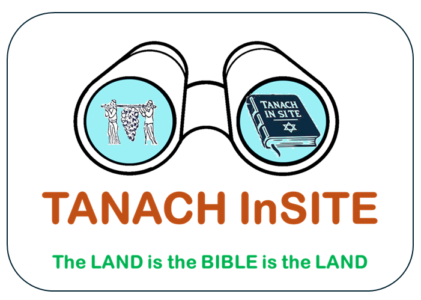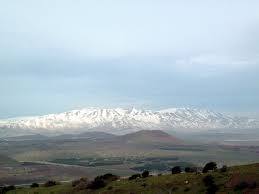8 Lectures
-
Mt. Hermon – lecture 1
Introducing: Hermon. where is Hermon mentioned in the Bible? What other names does it have? Who was the first to capture the Hermon? View the Kahoot game, as an introduction to the new site lecture series.
-
Mt. Hermon – lecture 2
To begin with – we will learn where Mt. Hermon is on the map, and which importanat rivers surround it. 4 names for Mt. Hermon. We`ll study them and their meanings and ask – why does the Torah tell us about all these names? Is there a connection between the Hebrew name “Snir” and the English word “snow”? And does the word “Hermon” mean – desolate? Or holy? Or both?…
-
Mt. Hermon – lecture 3
The names of Hermon – in the Bible and today. Who called Hermon – grandfather? And who called it “The eyes of the country”? And do the names represent a positive or negative attitude towards the mountain? What is the connection between Hermon and the “Manna” that the Israelites ate in the desert? (which is described as similar to snow..)? And what important event in Avraham’s life took place on Mount Hermon?
-
Mt. Hermon – lecture 4
Psalms 133 is known for the first verse: “How good and how pleasant it is for brothers to dwell together.” The rest of the Psalm compares the dwelling of brothers together to…Mt. Hermon! We will ask – which brothers is the Psalm talking about? What is the meaning of the metaphor – the oil that falls on Aaron’s beard? and what is the meaning of the metaphor – the dew that falls on the mountains of Hermon?
-
Mt. Hermon – lecture 5
We will examine in depth the various suggestions for the identity of the brothers in Psalm 133. The suggestion that it refers to Moses and Aaron, and the suggestion that it refers to the relationship between the king and the high priest. We will argue that both interpretations are problematic. To find an answer, we will look for other places in the Torah where this expression “brothers who dwell together” is mentioned, and find out what characterizes this expression in the Torah.
-
Mt. Hermon – lecture 6
In this lecture, we will analyze the metaphor of “dew” in the verse “Like dew from Mount Hermon descending upon the mountains of Zion.” We will study two biblical stories related to dew: the prophet Elijah who decreed that there would be no dew or rain, and Gideon who asked for a sign of his success in dew falling on a fleece of wool. What does dew symbolize? Why does it represent everywhere – a blessing? As God says: “I will be like dew to Israel?” And how does this relate to the meaning of Hermon?
-
Mt. Hermon – lecture 7
The final answer to all the questions about Psalm 133: The brothers in the chapter are – Jacob and Esau. We will analyze the story of Jacob and Esau receiving the blessings, and see what Isaac thought – that the brothers should sit together, blessed with oil and dew.. King David in Psalm 133 suggests to continue the path of Isaac within the nation of Israel – that the different directions within the nation will succeed in sitting together, even the most distant ones – like the Hermon!
-
Mt. Hermon – lecture 8
Refining the conclusions of the previous lecture: King David does not justify Isaac vs. Rebecca, but rather he justifies Jacob, whose sons were all part of the family and lived together, even the most distant ones. We will see additional sources in which Hermon represents the highest, the most distant, and the most different – representing the diversity among and the huge distance between the sons of Jacob/Israel. Nevertheless it is “good and pleasant” for these Brothers to dwell together and, it is precisely there, referring to the distant site of Mt.Hermon that “God commanded the blessing”.

